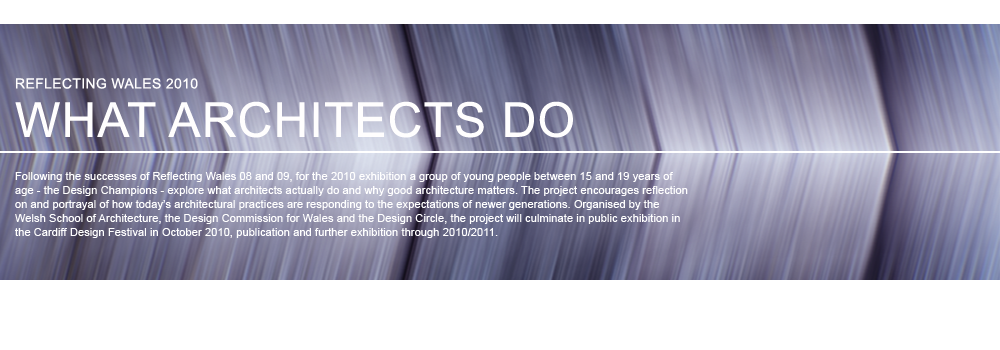


Throughout my time at Austin-Smith: Lord, I feel that I got the chance to view what really happens in the architecture- the good and the bad. A certain project, in which I too got first hand experience in, shows that sometimes, no matter how much work you may have put into the project, you may not always win the building. This exact statement happened with a particular building, Trinity University College, in which models, sketches, and ideas were collected together in order to try and secure the building as one of their own. From helping designing the models myself, I now understand how tricky these things are- I managed to have first hand experience at cutting myself with a scalpel through trying to get the detail exact as well as model making, and the effort that is put into these projects without any true knowledge of the outcome can at times seem extremely upsetting. At Austin-Smith: Lord however, it was clear to see that they would not be tempted to try any less than their best, and although they did not win the building, the thought process was incredible. Sustainability was even thought about, with renewables such as biomass or ground source heat being used, recycling waste, a green travel plan, and green guide materials. Some examples were given of the current and previous jobs they have/had been working on, and maps had been drawn out to show that they had really thought about the different angles. Once the models had been scanned through, labels were put on to suggest which of the areas would be used for the different facilities in the building, and Austin-Smith: Lord even went to the trouble of stateing their preferred idea, the BREEAM holistic approach to measure sustainability, and the extracts from their very early stages of sketching. I learnt that you do not win every project, and especially due to the recession, trying to get hold of a project is harder than ever.
Views of the current site:



Pictures of the interview notes:




